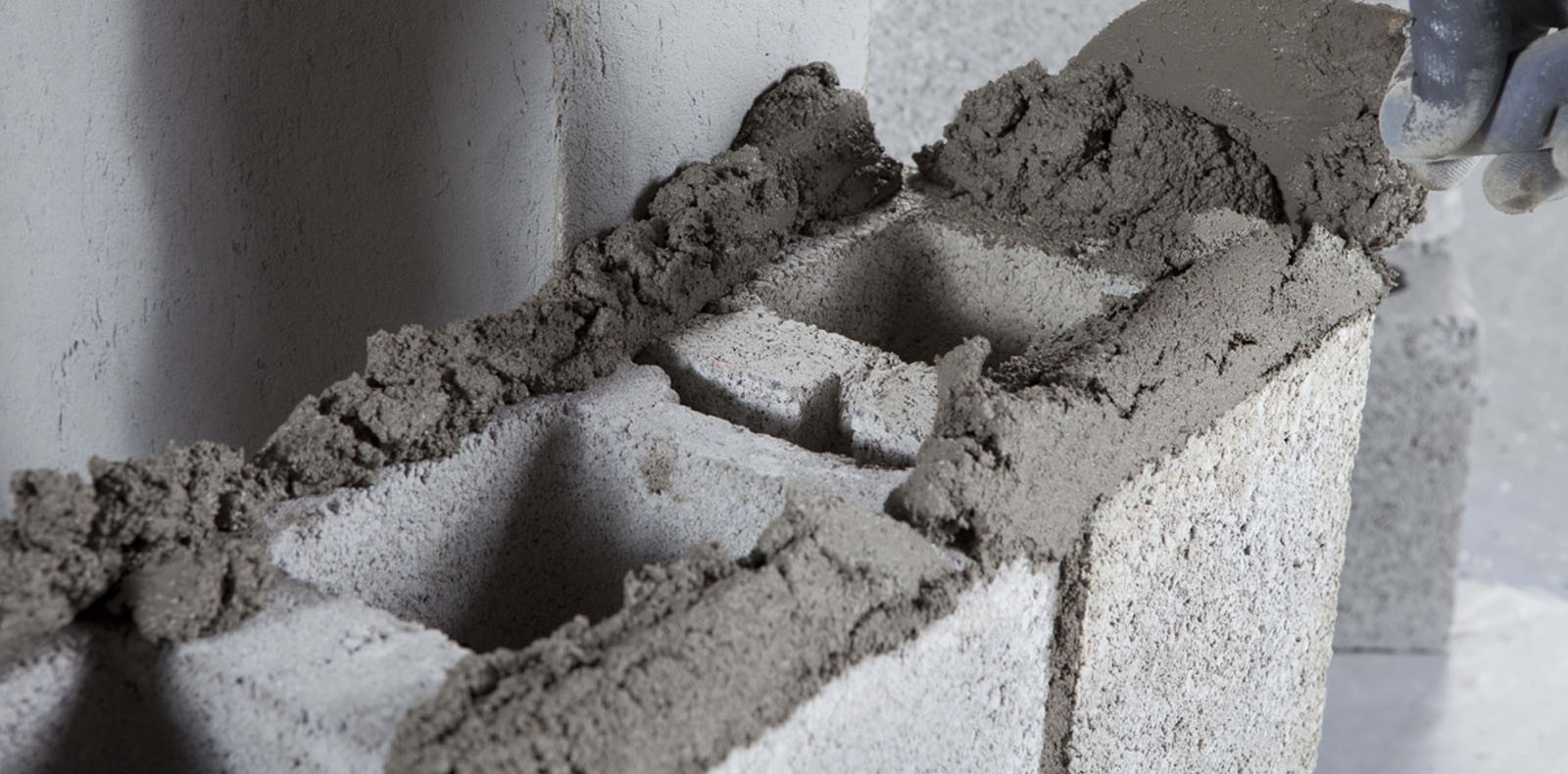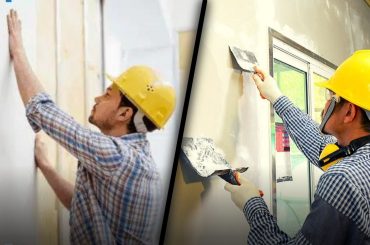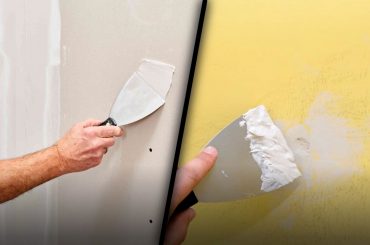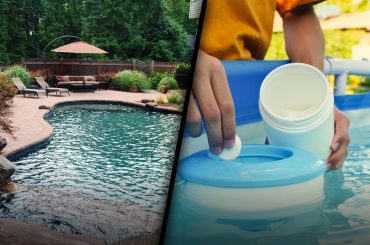We’re not the only ones having trouble figuring out the difference between concrete, cement, mortar, and asphalt. Now is the time to clear up this confusion!
You might end up making a big mistake at the building supply store if you don’t know the difference between cement and concrete.
Both products come in bags and contain cement. If you’re pouring a pad or building a foundation, pure cement isn’t what you need. Furthermore, neither product can be used to lay bricks or install tiles; mortar is required. You might not even be able to find asphalt in that store if you’re surfacing a driveway.
It’s easy to confuse cement with concrete in everyday language.
When homeowners talk about their cement patio or cement foundation on their house, both would have disintegrated years ago if they were really made from cement. We used to bat practice on “cement” pillars near a large bridge when I was growing up. Concrete, not cement, was used to make those pillars.
In concrete and mortar, cement is an ingredient, but asphalt is entirely different. Structures cannot be supported by asphalt because it is too soft and flexible. People prefer it for roads and driveways because it’s flexible and resists cracking – and costs less than concrete.
You can make the right choice by understanding the differences between these four building materials.
What Is Cement?
A cement is essentially an adhesive or glue. Most people refer to Portland cement when they talk about building products.
However, this isn’t a brand name. A generic term coined in the early 1800s to describe a stone found off the British coast on the Isle of Portland. Mixing Portland cement with water turns it into a rock-hard powder.
Limestone, mica, iron ore, clay, and shale are mined to produce Portland cement. Upon mixing them together, they feed them into a kiln where they are heated to between 2,700 and 3,000 degrees. Water and carbon dioxide are driven out by the heat.
A new chemical compound is produced from the raw materials, called clinker, which is a hard pellet. Clinker is ground into a fine powder, often with the addition of gypsum and/or limestone. A hard mass is formed when the powder and water mix together.
There is Type I cement available at the store, but there are others available for specific conditions. Grey cement is usually found in construction sites. In order to produce Portland cement with a whitish hue, manufacturers reduce iron and manganese in the mixture.
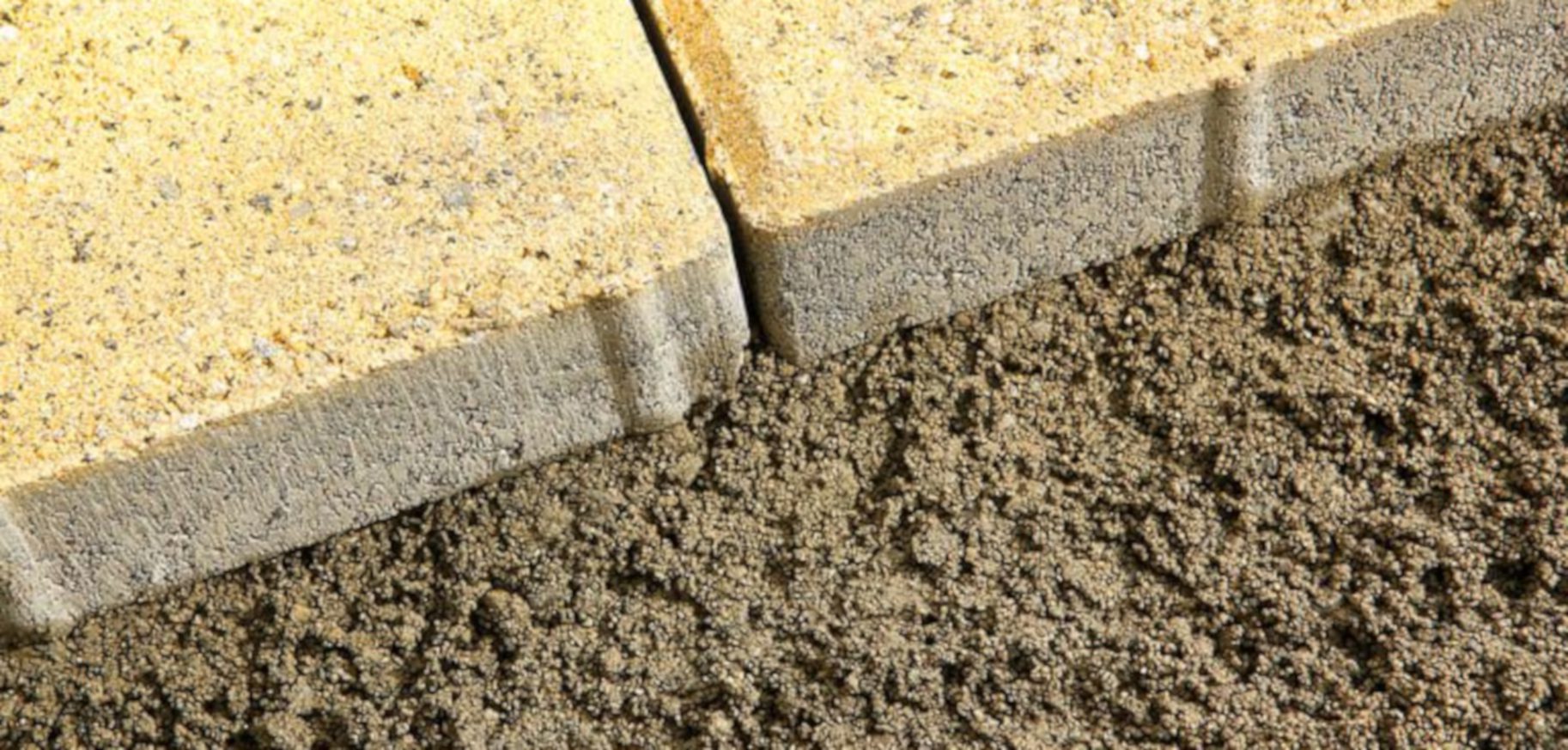
What Is Concrete?
For cement to be strong enough for building, it needs to be strengthened. Concrete is made from sand and crushed rock. Crushed rock, sand, and cement are usually mixed in a ratio of four parts crushed rock, two parts sand, and one part cement. Crushed rock can be added if the mixture needs to be stronger. The mixture becomes more workable when more sand is added.
The cost of premixed concrete is typically less than $5 per bag and comes in 50-, 60-, and 80-pound bags. Concrete is made by builders themselves or delivered by cement mixer trucks for larger projects.
Strength and workability of dry concrete are determined by the amount of water added to it. As a general rule, less water added to concrete makes it stronger after setting. In contrast, the mixture flows less easily and sets more quickly. For every 80 pounds of weight, three quarts of water are optimal. More water than that weakens the mixture, so don’t add more.
What Is Mortar?
Sand and cement are the only ingredients in mortar after crushed rock is removed from concrete mix. Bricks and concrete blocks are held together with mortar by masons. Thin set mortar is used by tilers to install tiles on walls and floors.
Concrete is stronger than mortar. In addition to being a better adhesive, it’s also a more decorative material since it contains no large aggregate. Tile setters often add a latex additive to improve the flexibility of their mixtures, and bricklayers often include lime in their mixtures to make them more durable.
To optimize strength and workability, mortar must be mixed in specific proportions. A one-to-three ratio applies to bricklaying. Sand should be mixed with six parts water for a stronger mixture. Lime and cement are usually mixed one-to-one when you add them.
What Is Asphalt?
This list does not include asphalt. Unlike water-based products, it is petroleum-based and does not have structural value. Roads and flat roofs are covered with it to prevent water from leaking in. An oil-based binder binds small aggregates and sand together to form asphalt.
Many highway projects use recycled materials like tires, foundry sand, glass, and old asphalt, as well as ground-up tire material. Usually, asphalt aggregates are crushed quartz and other hard minerals, which are used to fill potholes and repair pavement.
In order to improve its flow rate, asphalt is often heated prior to application. This and other reasons are why big asphalt jobs are handled by professionals with specialty equipment. It is usually possible for homeowners to fill potholes or resurface driveways themselves.
DIYers usually use cold patch instead of heated asphalt because heating asphalt isn’t practical without the right equipment.

